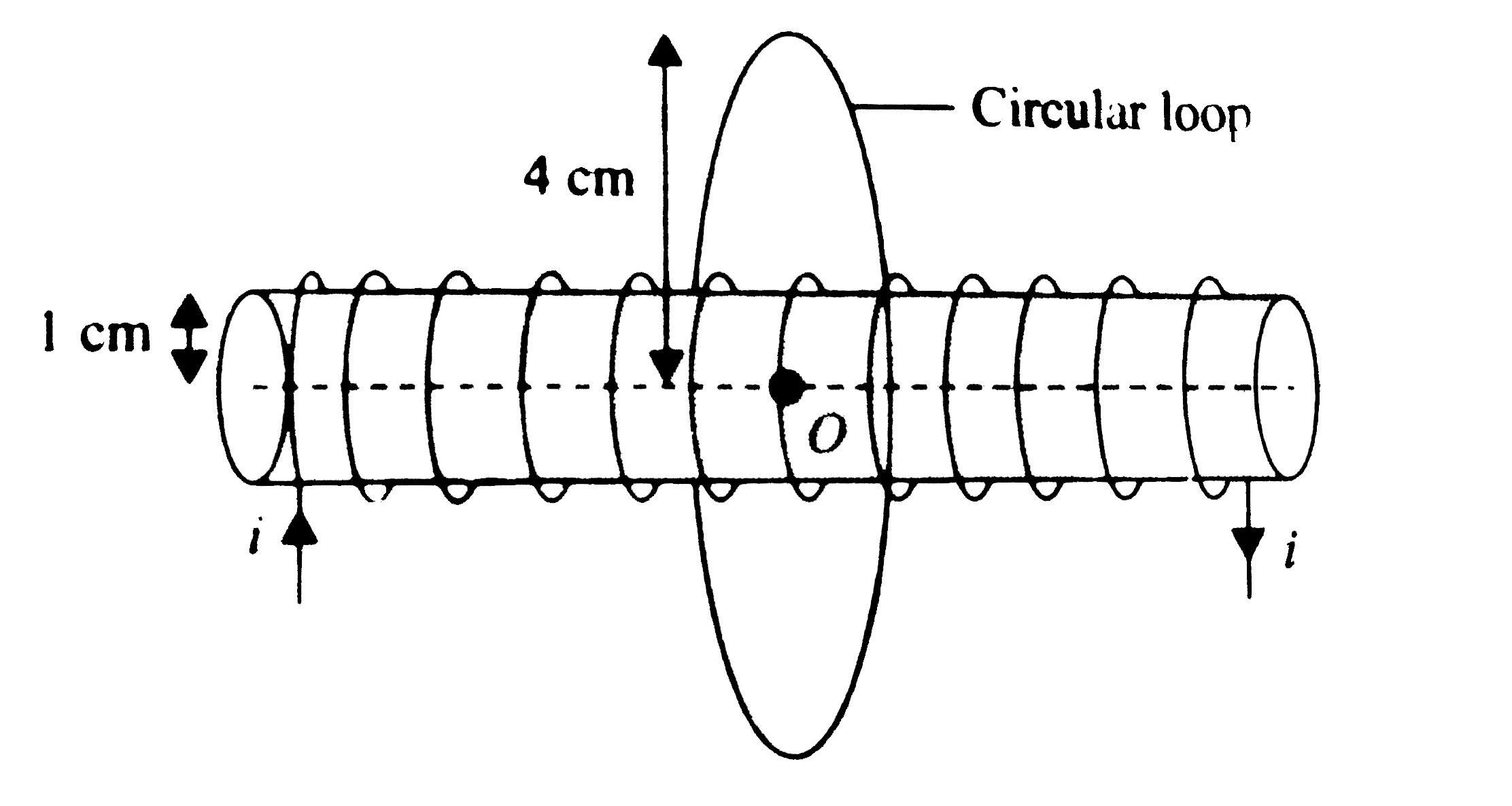Stage in some fungi having two haploid nuclei per cell is
Diplotene
Dikaryophase
Dikaryotic
Diplotene
The correct Answer is:B
To answer the question "Stage in some fungi having two haploid nuclei per cell is," we can follow these steps:
Step 1: Understand the Terms
First, we need to understand the relevant terms related to fungal reproduction. In fungi, sexual reproduction involves two main processes: plasmogamy and karyogamy.
Step 2: Identify the Stages
- Plasmogamy is the fusion of the cytoplasm from two parent cells, which results in a cell with two nuclei (one from each parent).
- Karyogamy is the subsequent fusion of these two nuclei to form a diploid nucleus.
Step 3: Define the Stage with Two Nuclei
The stage where two haploid nuclei exist side by side in a common cytoplasm, before they fuse, is referred to as the dikaryophase.
Step 4: Analyze the Options
Now, let's analyze the options provided:
1. Dikaryon: This term refers to cells that contain two nuclei, but it does not specifically denote the stage before karyogamy.
2. Dikaryophase: This is the correct term for the stage where two haploid nuclei are present in the same cell.
3. Diploid: This refers to a cell that contains two complete sets of chromosomes, which is not the case here.
4. Diplotin: This is a term related to meiosis and is not applicable to the question.
Step 5: Conclusion
Based on the definitions and analysis, the correct answer is dikaryophase (Option 2).
---
First, we need to understand the relevant terms related to fungal reproduction. In fungi, sexual reproduction involves two main processes: plasmogamy and karyogamy.
- Plasmogamy is the fusion of the cytoplasm from two parent cells, which results in a cell with two nuclei (one from each parent).
- Karyogamy is the subsequent fusion of these two nuclei to form a diploid nucleus.
The stage where two haploid nuclei exist side by side in a common cytoplasm, before they fuse, is referred to as the dikaryophase.
Now, let's analyze the options provided:
1. Dikaryon: This term refers to cells that contain two nuclei, but it does not specifically denote the stage before karyogamy.
2. Dikaryophase: This is the correct term for the stage where two haploid nuclei are present in the same cell.
3. Diploid: This refers to a cell that contains two complete sets of chromosomes, which is not the case here.
4. Diplotin: This is a term related to meiosis and is not applicable to the question.
Based on the definitions and analysis, the correct answer is dikaryophase (Option 2).
Topper's Solved these Questions
- KINGDOM FUNGI-MULTICELLULAR DECOMPOSERSBOOK - DINESH PUBLICATION ENGLISHCHAPTER - KINGDOM FUNGI-MULTICELLULAR DECOMPOSERSEXERCISE - CYG
19 Videos
- KINGDOM FUNGI-MULTICELLULAR DECOMPOSERSBOOK - DINESH PUBLICATION ENGLISHCHAPTER - KINGDOM FUNGI-MULTICELLULAR DECOMPOSERSEXERCISE - CYG
19 Videos
- INTRODUCTION BOOK - DINESH PUBLICATION ENGLISHCHAPTER - INTRODUCTION EXERCISE - CYG
10 Videos
- KINGDOM MONERA (THE PROKARYOTES)BOOK - DINESH PUBLICATION ENGLISHCHAPTER - KINGDOM MONERA (THE PROKARYOTES)EXERCISE - CHECK YOUR GRASP
20 Videos
Similar Questions
When there are two haploid nuclei per cell in some fungi before the formation of diploid, this stage is called
View SolutionIn some fungi such as……………, the fusion of two haploid cells immediately results in diploid cell while in other group of fungi like …………., an intervening dikaryotic stage occurs, called dikaryophase.
Phycomycetes , Basidiomycetes
Basidiomycetes, Ascomycetes
Ascomycetes, Phycomycetes
Phycomycetes , Deuteromycetes
View Solution
Knowledge Check
A long solenoid having n = 200 turns per metre has a circular cross-section of radius a1=1cm. A circular conducting loop of radius a2=4cm and resistance R=5(Ω) encircles the solenoid such that the centre of circular loop coincides with the midpoint of the axial line of the solenoid and they have the same axis as shown in Fig.

A current 't' in the solenoid results in magnetic field along its axis with magnitude B=(μ)ni at points well inside the solenoid on its axis. We can neglect the insignificant field outside the solenoid. This results in a magnetic flux (ϕ)B through the circular loop. If the current in the winding of solenoid is changed, it will also change the magnetic field B=(μ)0ni and hence also the magnetic flux through the circular loop. Obvisouly, it will result in an induced emf or induced electric field in the circular loop and an induced current will appear in the loop. Let current in the winding of solenoid be reduced at a rate of 75A/sec.
When the current in the solenoid becomes zero so that external magnetic field for the loop stops changing, current in the loop will follow a differenctial equation given by [You may use an approximation that field at all points in the area of loop is the same as at the centreAparthenogenesis, which is a form of apomixisBparthenogenesis, which is a form of amphimixisCadventive embryony, which is a form of apomixisDagamospermy, which is a form of amphimixis.
Give the scientific term for a cell with two haploid nuclei of different mating types
View SolutionA condition of not having exact multiple of haploid set is
View SolutionCuticle of Ascaris in noncellular and beneath the cuticle in Ascaris lies a thin epiderms having scattered nuclei and no separate cells, this epidermis is
View SolutionA plant (cell) having more than two nuclei is known as
View SolutionWhat kind of cells do fungi have?
View SolutionDiscuss about
(i) haploid insects and lower plants where cell-division occurs, and
(ii) some haploid cells in higher plants where cell-division does not occur.
View SolutionAn organism or cell having a chromosome number exactly mutiple of haploid number is known as
View Solution
